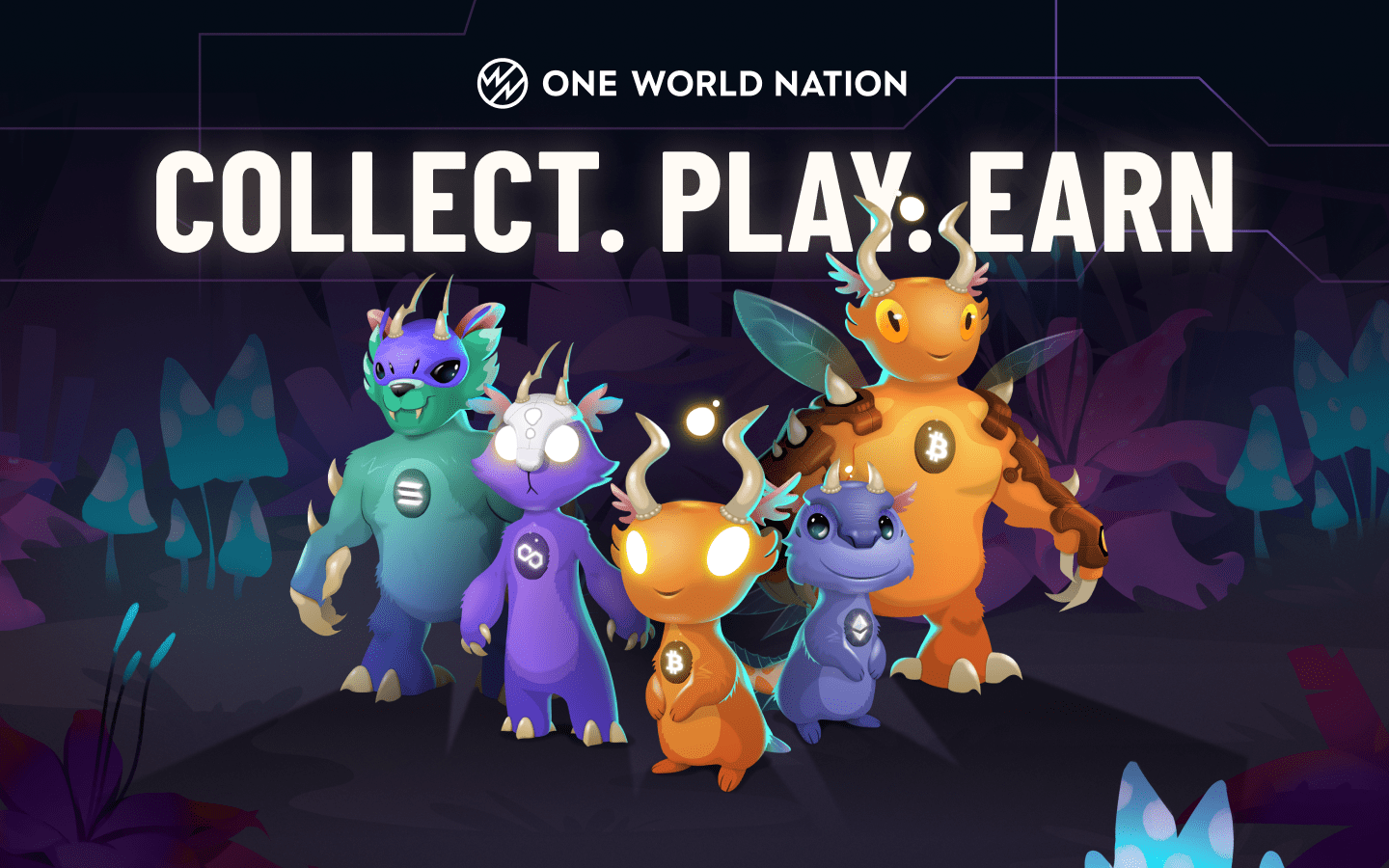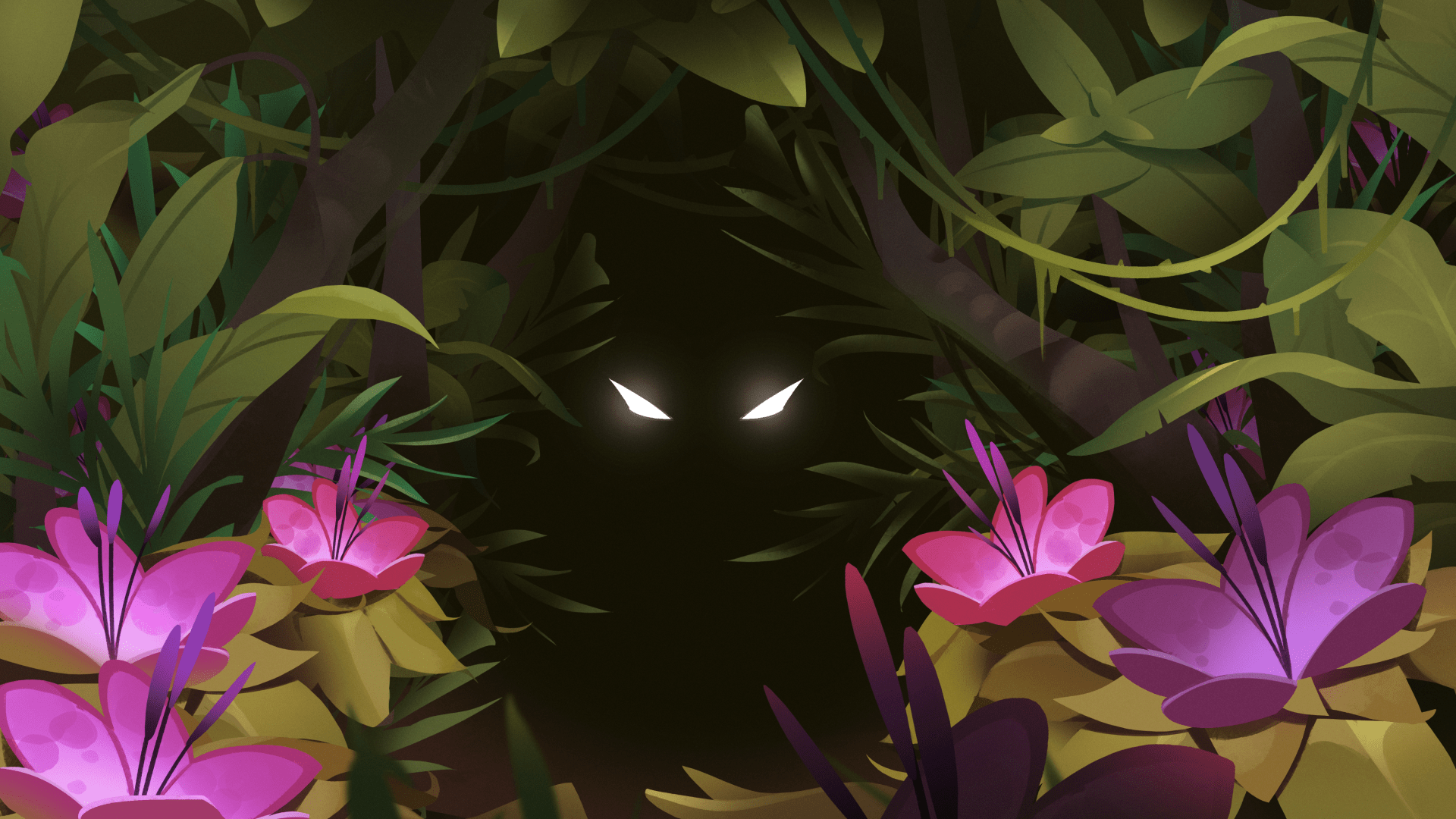Introduction
GM tigers,
We’ve got a special one for you today. Tegro recently listed its first game on the bounty platform - One World Nation. To commemorate the integration, we had a special twitter spaces with OWN’s co-founder, Dinesh Goel. We talked about the cryptoverse of OWN, key observations the game has made since its launch, and the future of web3 gaming.
Here’s a recap for ya.
OWN’s Cryptoverse

One world nation started back in 2021 at the peak of the play-to-earn revolution led by Axie Infinity. The founders essentially wanted to create an ecosystem of fictional characters inspired by real cryptocurrencies that could be used as a base layer for a plethora of games.
The cryptoverse of OWN has 12 clans. Each of these clans is based on your favourite cryptocurrencies such as Bitcoin, Ethereum, Solana, etc. The power levels and performance of these clans are closely tied to the performance of their parent cryptocurrency in the market.
The first title developed by OWN is called Crypto Fantasy, a game inspired by the popular genre of sports fantasy leagues. The founders saw that sports fantasy league titles like Dream11 (cricket) and SoRare (football) were wildly popular and created a crypto version for Web3.
Observations
We asked @Dinesh what the key insights they have found since the launch of their game. Here’s what he told us:
- When the game was initially released, there was no cap on how many characters a player could choose from a single clan. This led to true fanatics of a crypto choosing all of their characters from a single clan. For example: BTC maximalists chose all BTC themed cryptonites, while ETH maxis aped Ethereum Cryptonites. As you can imagine, the performance of a one-clan holder was all over the place. Sometimes they hit it big. On other occasions, they got crushed brutally. A wonderful lesson out of this early iteration of the game was that players might perform better if they diversified their teams with different clans. Something we frequently hear savvy investors say on the loop.
- In Crypto-Fantasy, the higher the volatility, the higher the score a cryptonite can achieve. More risk, more rewards.
- This one might be our favourite insight so far. Dinesh tells us that they learned that deep skill games, ones that depend too much on skill for progress, are not very scalable as money games. This is because a small segment of players will dominate the game eventually, turning it into a less profitable experience for everyone else.
Integration with Tegro
Dinesh’s thoughts on the latest integration with Tegro:
A bounty platform creates a new avenue of discovery for the game. Players that come onto the platform for other games are likely to check out other interesting titles. Players get a bunch of things out of a bounty platform: they get to discover and play great games. Also, it reduces the time it takes for players to begin playing web3 games since they usually have many barriers to overcome. Bounties have previously worked across various industries, but they have a really good fit for the gaming industry and especially the web3 gaming market.
Note, getting complete access to play OWN’s games involves setting up an account, buying NFTs, and learning to play the game. whereas on Tegro, you can just claim a bounty and you’re good to go. No need to bear the hassle of buying NFTs or setting up wallets.
Tegro is also developing an economic thesis for sustainable web3 titles. This will allow the games to focus more on the gameplay experience and less on the economic structure of the game.
Musings on the market
There are a lot of problems yet to be solved in web3 gaming. Axie Infinity showcased that web3 powered games can be a global phenomenon, but its recent downfall also highlights that we still haven’t figured out a sustainable model for this novel gaming genre. Many industry insiders believe that the overuse of NFTs within a game’s ecosystem chokes its liquidity and creates financial problems further down the line. NFTs are also notoriously overpriced, making them a huge barrier to entry for the game.
However, OWN’s thesis is that NFTs are generally good for a game as they ensure user retention. They’ve been experimenting with different strategies for NFTs, such as ‘buy now, pay later’ or allowing players to borrow NFTs. These are attempts at reducing the barrier to entry that NFTs bring to a game’s ecosystem, ones that can be adopted by other games in the space too.
Another key lesson OWN learned by building during the bear market is that during a bull run, infinitely inflationary economies work just fine, but in a bear market we actually learn that these systems are not sustainable.
Lastly, Dinesh believes that Web3 game assets are going to be one of the biggest asset classes in the future. However, there’s a lot of infrastructure that needs to be built before we get there.
Alpha
OWN is currently working on another crypto game. It’ll be a crypto-prediction title based on the movement of cryptocurrencies. They've also been consulting with their community for future games(highly suggested).
Some of the fun ones their people came up with are a crypto-focused dice game and a sheep counting game in which the sheep are replaced by cryptonites.
In Closing
Woah, this one was heavy. Dinesh dropped a lot of gems in the span of an hour. As you can imagine, we’re super excited to integrate with such a talented team. By the time you get to read this, OWN bounties will be live on our platform. So, without wasting any time, head to Tegro and play OWN.
Ciao!


